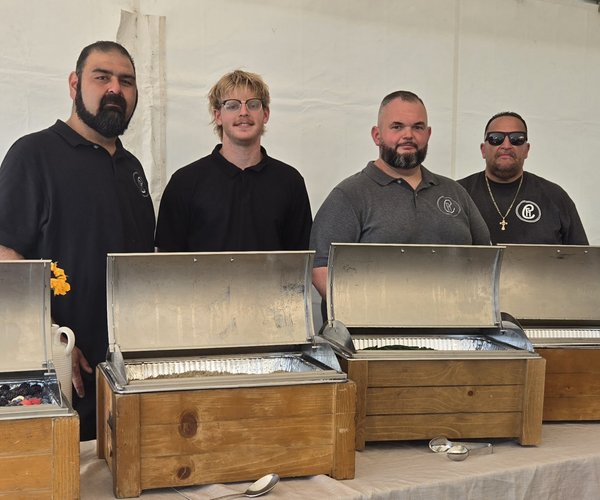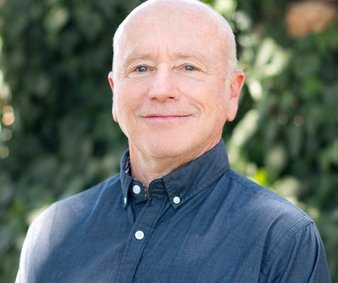California’s first ever detailed report on trends among tobacco users and the advertising targeting them was released Thursday by the California Department of Public Health and it reflects an increase in youth smokers.
The report, “State Health Officer’s Report on Tobacco Use and Promotion” is providing health officials with new data on illegal sales to minors, the disproportionate number of tobacco retailers and advertising in minority and low-income neighborhoods, the effect of tobacco advertising in retail stores, and tobacco-use trends.
The CDPH annually conducts a survey of tobacco retailers to monitor their compliance with California’s Stop Tobacco Access to Kids Enforcement Act. In 2012, the survey results indicate that 8.7 percent of retailers sold tobacco to minors, compared to 5.6 percent in 2011 and 7.7 percent in 2010. The prevalence of smoking was higher at schools in neighborhoods with five or more stores that sell tobacco than at schools in neighborhoods without any stores that sell tobacco.
In addition to prohibiting the sale of tobacco to minors, the STAKE Act also requires tobacco retailers to post a STAKE Act age-of sale warning sign at each point-of-sale stating that selling tobacco to persons under 18 years of age is illegal and subject to penalties.
“The illegal sale of tobacco to minors is a serious issue and we are committed to working with retailers and inform the public in order to stop these practices,” said CDPH director and state health officer Dr. Ron Chapman. “The tobacco industry’s advertising tactics towards a younger audience is disturbing and shameful. It is startling that the tobacco industry spends nearly $1 million every hour to market their products nationwide.”
Moving forward, CDPH’s Food and Drug Branch plans to use new federal funding to increase the number of compliance checks in the retail environment. The goal of the Department is to double the number of compliance checks it conducts in California retail outlets. In addition, CDPH is increasing its collaboration and communication with local health departments as well as with local law enforcement.
The state report also draws attention to the disproportionate number of tobacco retailers, advertising tactics, the effect of tobacco advertising in retail stores, and examples of emerging tobacco use.
There are approximately 36,700 licensed tobacco retail stores in California. Tobacco retail stores display an average of 11.1 cigarette advertisements and 5.4 smokeless tobacco advertisements. Nearly one-third of California stores that sell tobacco had at least one cigarette advertisement less than three feet above the floor, where it is easily seen by children, according to the report.
A study of California middle school students found that two-thirds reported at least weekly visits to stores that typically contain tobacco advertising. These students were 1.5 times more likely to try smoking than their peers.
According to the 2012 Surgeon General’s Report, nearly nine-out-of-10 smokers in the US started smoking by the age of 18, and 99 percent started by age 26. In California, 64 percent of smokers start by the age of 18 and 96 percent start by age 26.
“In 2012, smoking and the use of other tobacco products continues to be a major public health concern in California, with approximately 3.6 million smokers in the state,” said Chapman. “More than 34,000 deaths from tobacco-related illnesses occur every year, and the cost of adult health care related to smoking in California is projected to be $6.5 billion this year, about $400 per taxpayer. The most cost-effective way to decrease health care costs is to encourage and support tobacco cessation. I strongly urge all Californians who still smoke to quit.”









